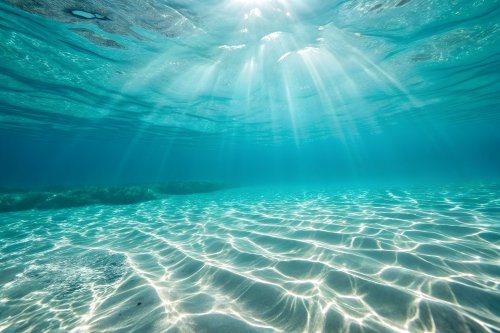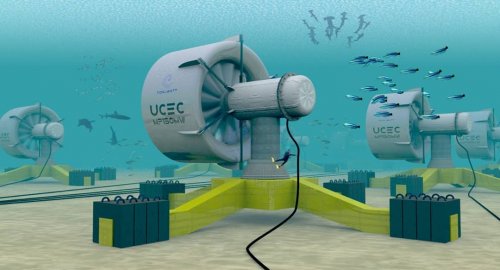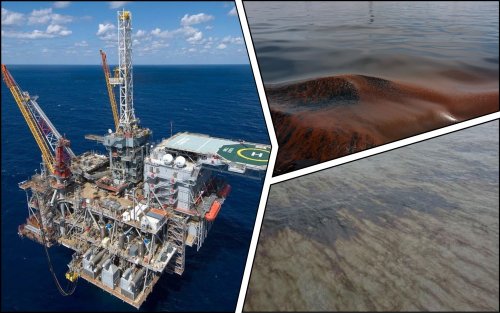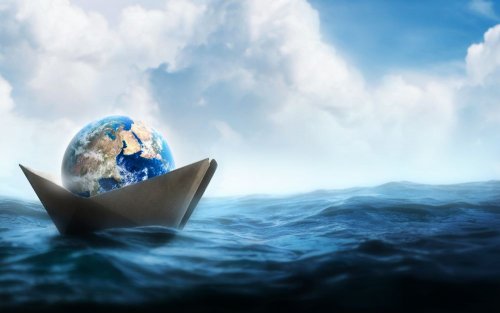Preliminary data from the National Oceanic and Atmospheric Administration (NOAA) showed that the average surface temperature of the ocean since the beginning of April reached 21.1°C.
Temperatures have reached record highs, leading to marine heat waves around the world that could increase the number of extreme weather events, the Guardian reports.
It is noted that the previous temperature record of 21°C was recorded in 2016 against the backdrop of the El Niño phenomenon. During this process, which lasts at least 6 months, the temperature of the surface layer of water rises sharply by 5-9 °C. The last three years have seen the opposite phenomenon of La Niña, in which temperatures drop.
Scientists highlighted that heat is currently rising to the surface of the ocean, indicating a potential El Niño pattern that could begin in 2023. This can increase the risk of extreme weather conditions.
The article explained that more than 90% of the additional heat caused by greenhouse gas emissions into the atmosphere due to fossil fuel burning and deforestation is absorbed by the ocean.
Scientists discovered that heat in the ocean began to accumulate faster and penetrate deeper. Measurements at a depth of 2 km show a rapid linear accumulation of heat in the upper ocean, especially since the 1980s.
Studies have shown that the heat in the tropical part of the Pacific Ocean sinks to a depth of more than 100 meters. This will have an additional impact on the atmosphere and contribute to extreme weather events. So far, moderate to severe sea heat has been recorded in:
- South Atlantic;
- north-western Africa;
- around New Zealand;
- near northeastern Australia;
- in the west of Central America;
- in the south of the Indian Ocean.
Scientists emphasized that such a number of simultaneous sea heat waves is unusual.
It said that while marine heat waves may be caused by local weather conditions, studies have shown that they are increasing in frequency and intensity as the oceans warm. A worsening trend is projected due to human-induced global warming.
The paper explained that warmer oceans provide more energy for storms, as well as putting ice sheets at risk and raising global sea levels. In addition, sea heat can:
- have a devastating effect on marine wildlife;
- cause coral bleaching on tropical reefs;
- radically change food chains;
- promote the growth of algae;
- reduce the population of species that humans eat.
Professor Dietmar Dommenget, a climatologist and modeler at Monash University, said the signal of human-induced global warming was much clearer in the oceans. If the El Nino period begins, new temperature records will be set both on land and in the ocean.
Earlier, EcoPolitic wrote, that scientists have discovered that deep cracks are forming in the Thwaites Glacier in Antarctica, which is called the Doomsday Glacier, and it is melting at a significant speed.
As EcoPolitic previously reported, the UN Global Panel of Climate Scientists (IPCC) has confirmed that climate change is making heat hotter and more frequent in most land regions of the world.





